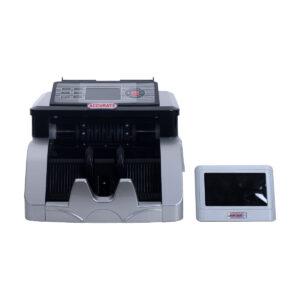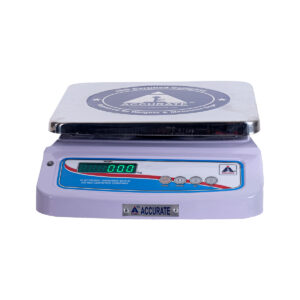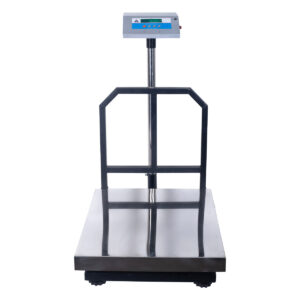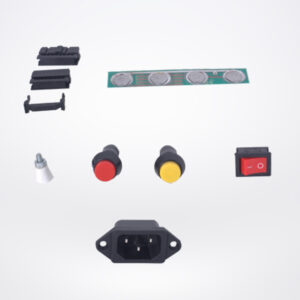TYPES OF LOADCELLS USED IN TANK WEIGHING SYSTEM
TANK WEIGHING ASSEMBLY LOADCELL:
A tank weighing assembly refers to the complete setup or system used to measure the weight of a tank accurately and a tank-weighing assembly loadcell is designed as a key component for measuring the tank’s weight and its contents. These loadcells are engineered to withstand heavy loads and harsh environmental conditions in various industrial settings. The loadcells are strategically placed underneath the tank as individual cells or an integrated system to accurately sense and convert the applied force into an electrical signal. This signal is then transmitted to the digital indicator or computer system, which is processed and displayed as the tank’s weight. SHEAR BEAM LOADCELL: A shear beam loadcell consists of a strain element that deflects under load. The load is applied perpendicular to the strain element, causing it to bend. The deflection is detected by strain gauges and converted into an electrical signal, providing a weight reading. These loadcells offer excellent stability and are suitable for various tank sizes and capacities.
CAPACITIVE LOADCELL: Capacitance is a fundamental electrical property of all objects, defined as the ratio of the electric charge stored on an object to its associated voltage and capacitive loadcells employ changes in capacitance to measure weight.
They consist of two parallel plates, one fixed and the other attached to the load. As the load is placed or removed, the distance between the plates changes, resulting in a shift in capacitance. This change is converted into an electrical signal providing a weight measurement.
DOUBLE-ENDED
SHEAR BEAM LOADCELL: A double-ended shear beam loadcell is similar to shear beam loadcells but has load application points at both ends. This design provides improved load distribution and reduces the possibility of side-loading errors. These loadcells are commonly used in tanks where precision and accuracy are crucial. They are known for their robustness and ability to withstand heavy loads, making them suitable for large tanks and industrial applications.
A tank weighing assembly refers to the complete setup or system used to measure the weight of a tank accurately and a tank-weighing assembly loadcell is designed as a key component for measuring the tank’s weight and its contents. These loadcells are engineered to withstand heavy loads and harsh environmental conditions in various industrial settings. The loadcells are strategically placed underneath the tank as individual cells or an integrated system to accurately sense and convert the applied force into an electrical signal. This signal is then transmitted to the digital indicator or computer system, which is processed and displayed as the tank’s weight. SHEAR BEAM LOADCELL: A shear beam loadcell consists of a strain element that deflects under load. The load is applied perpendicular to the strain element, causing it to bend. The deflection is detected by strain gauges and converted into an electrical signal, providing a weight reading. These loadcells offer excellent stability and are suitable for various tank sizes and capacities.
CAPACITIVE LOADCELL: Capacitance is a fundamental electrical property of all objects, defined as the ratio of the electric charge stored on an object to its associated voltage and capacitive loadcells employ changes in capacitance to measure weight.
They consist of two parallel plates, one fixed and the other attached to the load. As the load is placed or removed, the distance between the plates changes, resulting in a shift in capacitance. This change is converted into an electrical signal providing a weight measurement.
DOUBLE-ENDED
SHEAR BEAM LOADCELL: A double-ended shear beam loadcell is similar to shear beam loadcells but has load application points at both ends. This design provides improved load distribution and reduces the possibility of side-loading errors. These loadcells are commonly used in tanks where precision and accuracy are crucial. They are known for their robustness and ability to withstand heavy loads, making them suitable for large tanks and industrial applications.








